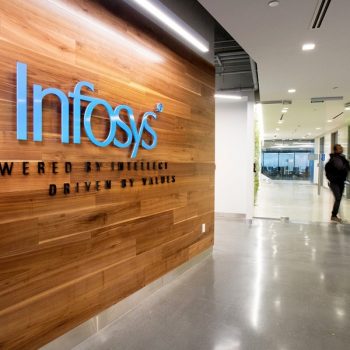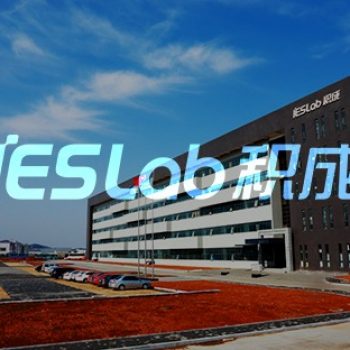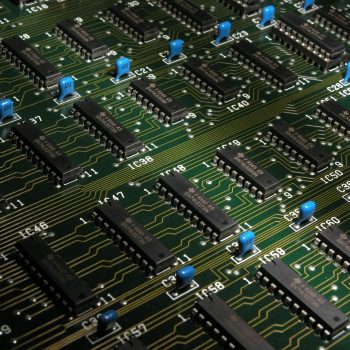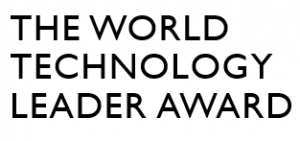Researchers at the University of Notre Dame’s Mechanical Engineering department have developed a window film capable of allowing visible light while blocking harmful ultraviolet (UV) and infrared light that generates heat. This innovative technology offers a practical solution to balancing the need for sunlight, essential for visibility and mental well-being, with the necessity to reduce energy consumption in residential and commercial buildings, particularly during hot summers.
Traditional UV-blocking films are most effective when sunlight hits them at a 90-degree angle, which is impractical for window films exposed to sunlight from various angles throughout the day. To address this challenge, the researchers at Notre Dame’s Molecular/Nano-Scale Transport & Energy Research (MONSTER) Laboratory employed a quantum computing-assisted machine learning model. This approach allowed them to identify the essential elements and compounds required to selectively block UV and infrared light, avoiding a time-consuming trial-and-error process. Using wave-optics simulation, they tested multiple configurations until they found a promising combination of silica, alumina, and titanium.
Once the optimal combination was determined, the team applied ultra-thin layers of these materials onto glass sheets and added a micrometer-thick silicon polymer to reflect thermal radiation. Retrofitted onto a model room’s window, the film reduced the room temperature by 5.4 to 7.2 degrees Celsius while maintaining transparency, irrespective of the sunlight’s angle.
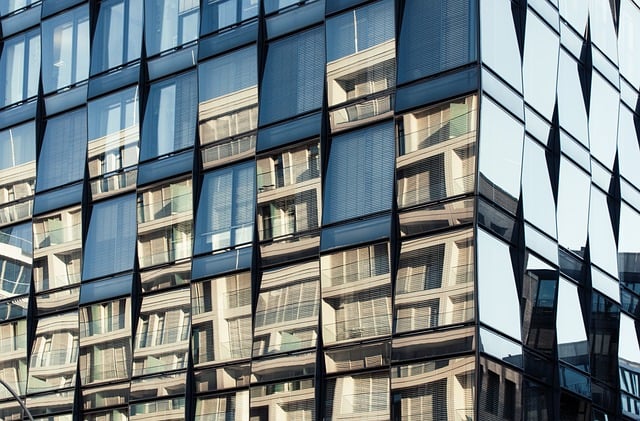
In their paper published in Cell Reports Physical Science, the researchers estimate that their film could save 97.5 megajoules per square meter annually, equivalent to approximately 9 megajoules per square foot. For a 1,500-square-foot home, this translates to a significant reduction of 13,500 megajoules in annual energy consumption, representing approximately one-third of the average energy usage in an American household.
While scalability and commercialization details are yet to be disclosed, the team envisions their innovation being beneficial for car windows, moonroofs, and other glass applications prioritizing visibility.


